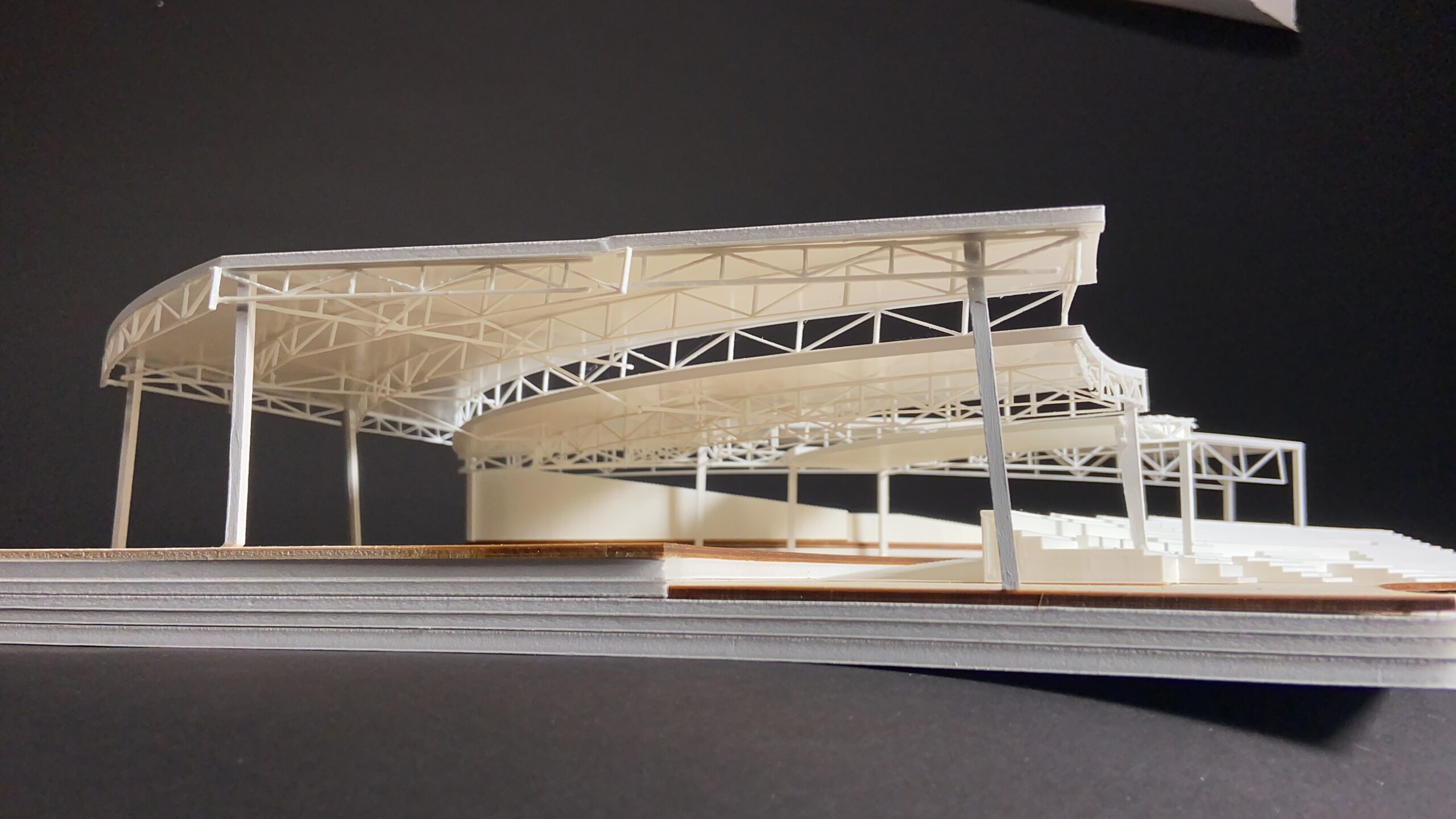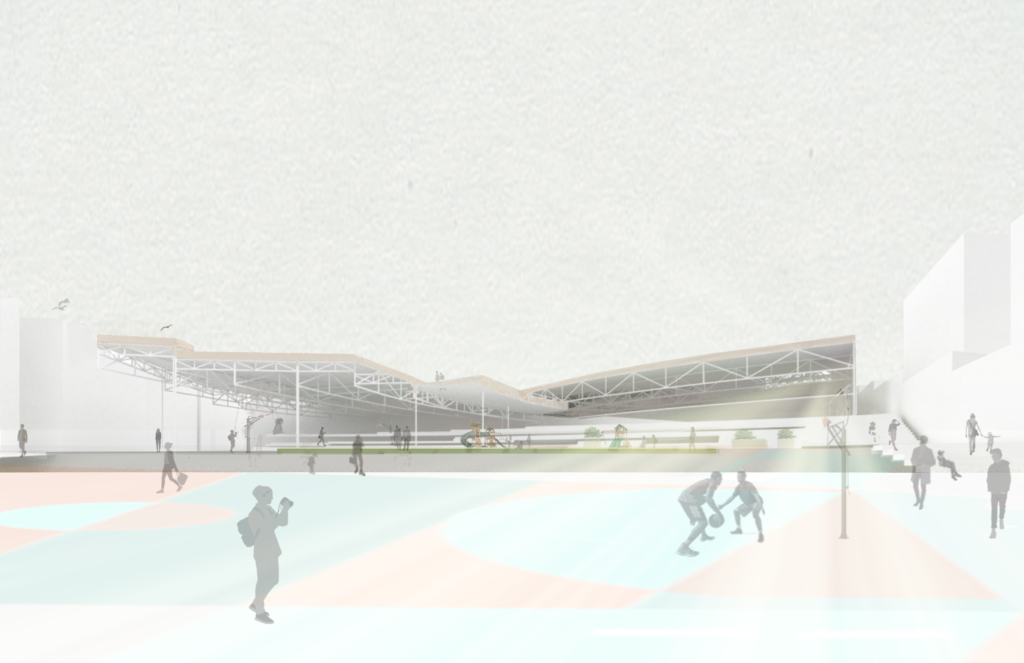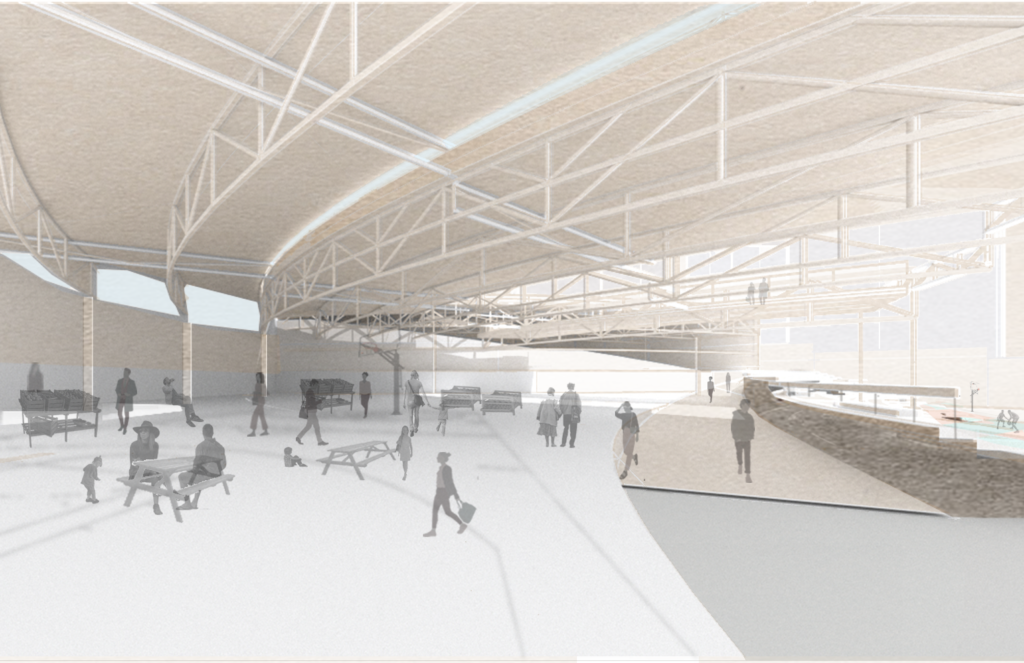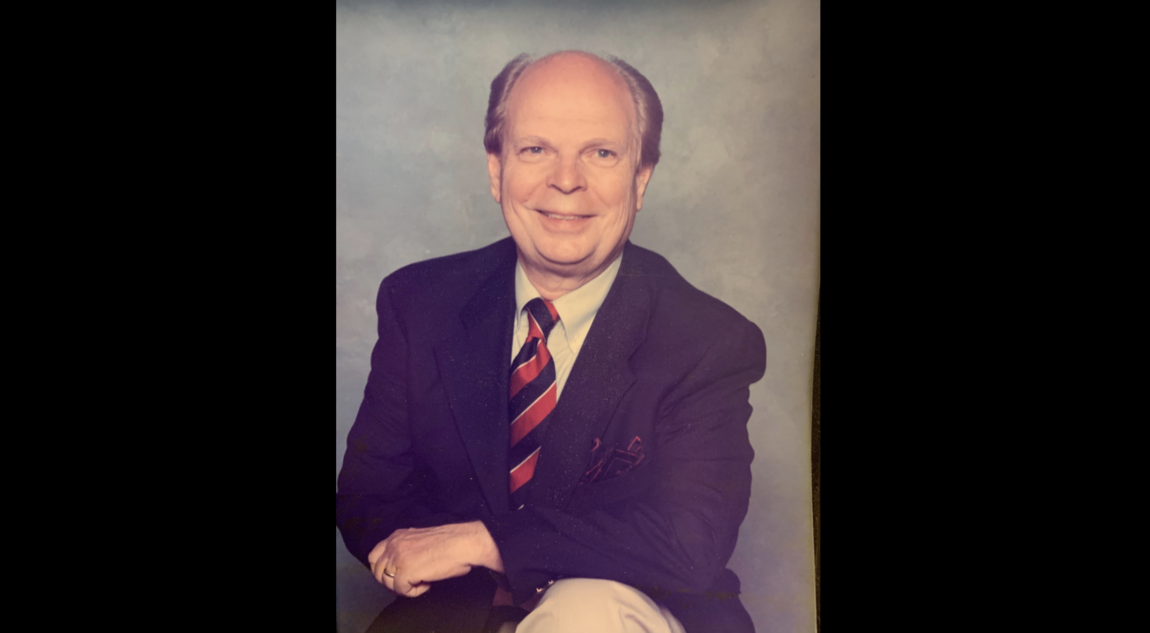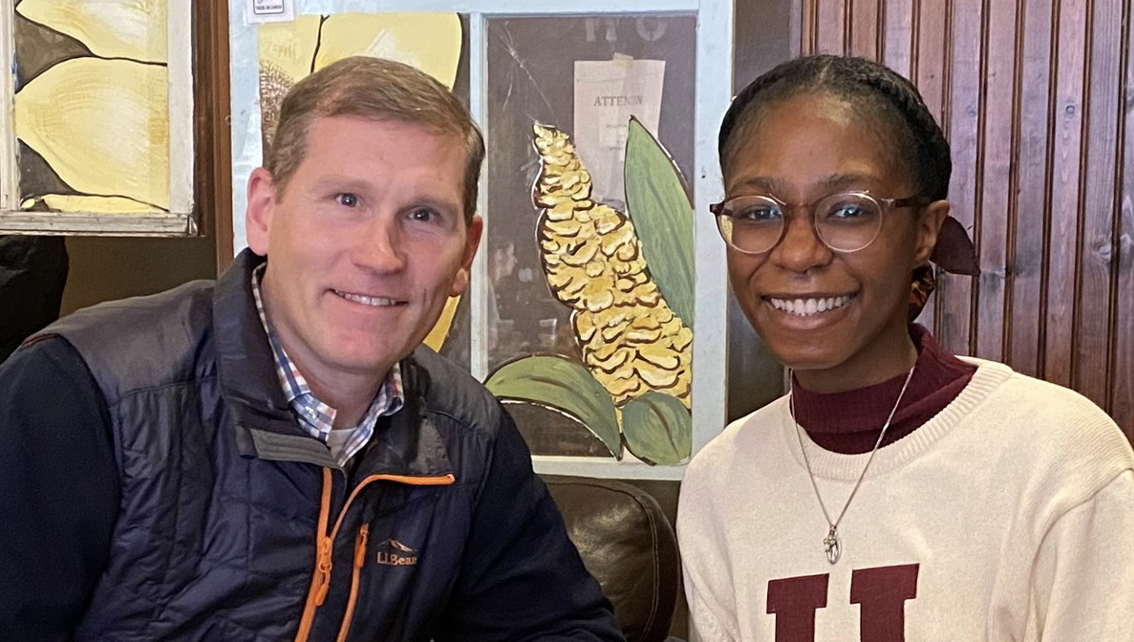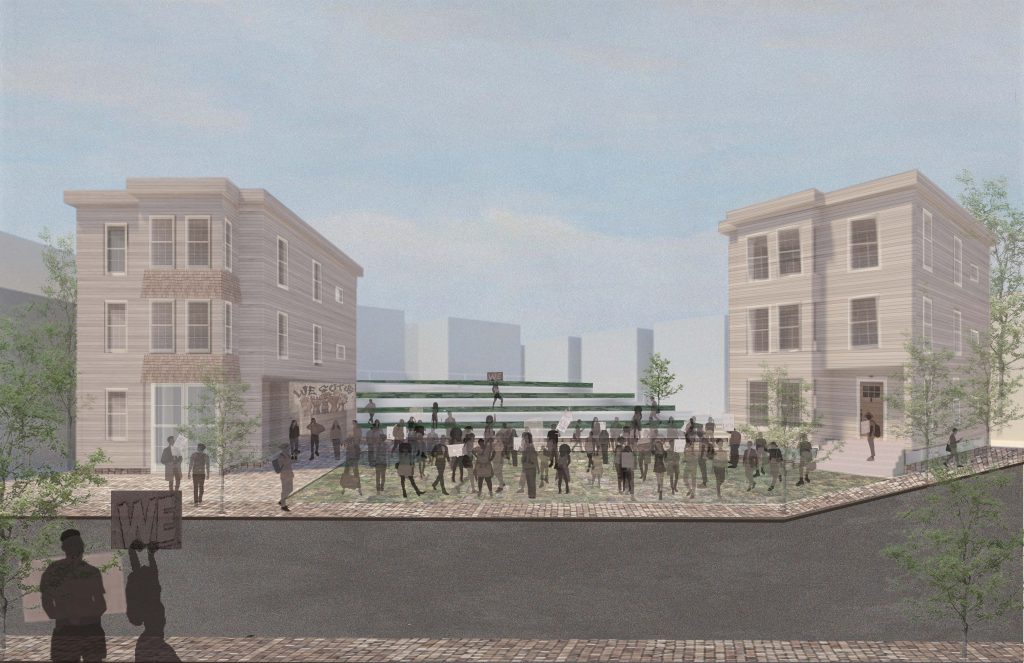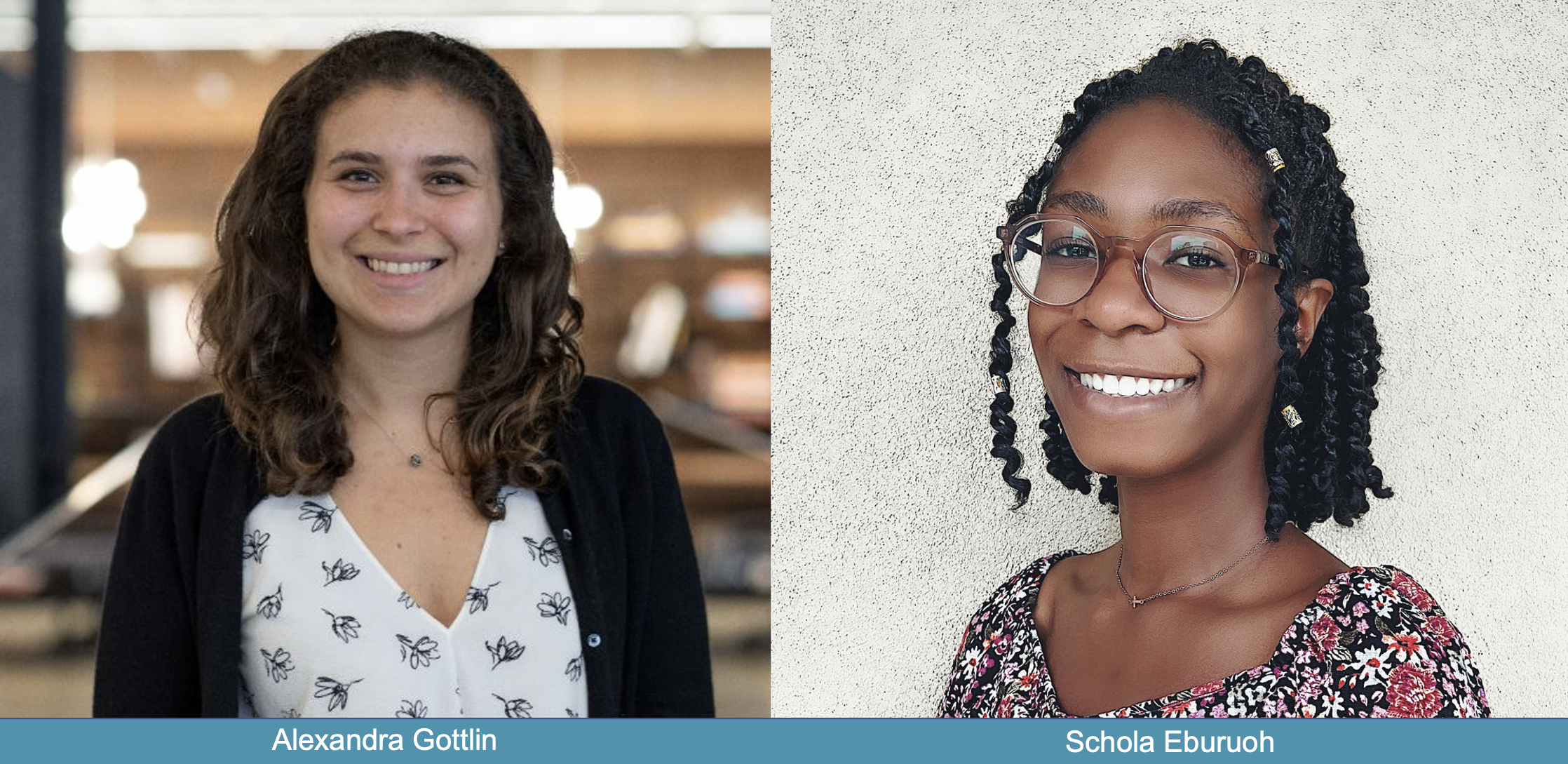a/e ProNet has officially announced our two recipients for the 2022-2023 David. W. Lakamp Scholarship.
Initially launched in 1990, the scholarship was renamed after a/e ProNet’s Founder, David W. Lakamp in 1999. Lakamp was a trusted advisor to the profession and left behind a legacy of professionalism and integrity that set new standards in the field of insurance services.
We award two $5,000 scholarships in Lakamp’s name every year to the two students who best demonstrate strong interest in practice and risk management.
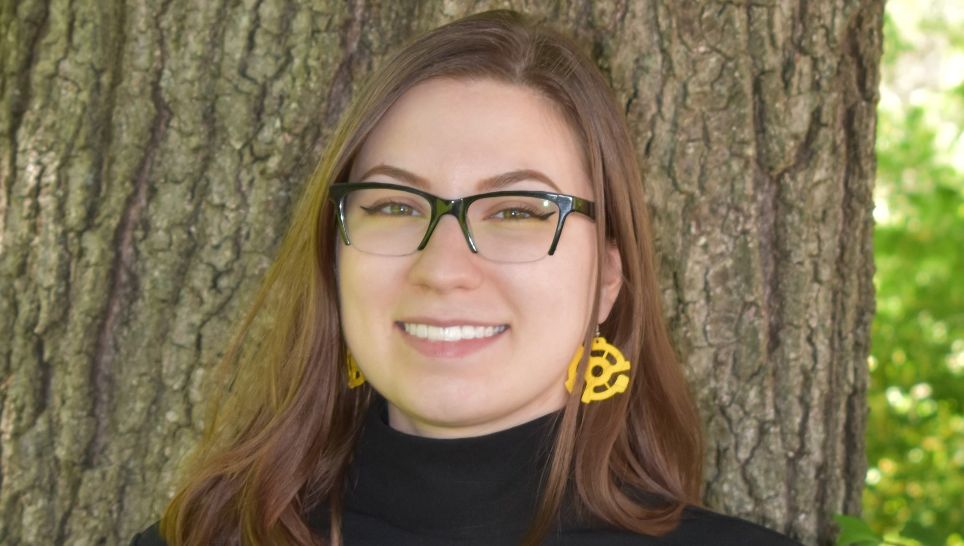
Jennifer Stieben
One of the two 2022-2023 scholarship recipients is Jennifer Stieben. Jennifer, born and raised in Kentucky is working toward her Master’s in Architecture at the University of Kentucky. She comes from a family who are – “in the trade”. Her grandfather is an Architect, and her father is an Engineer. Jennifer likes the idea of combining the Art and the Science together on a design/build project. She’s currently working on the restoration of a church that recently flooded. The candidates were asked what Risk Management meant to them. Jennifer put her focus on Communication particularly noting how the pandemic changed the way we communicate with each other – in the office, with your coworkers, with the clients and the public. Jennifer notes “Being comfortable with management and coworkers aids in better production because it allows for transparency and better communication. This also relates to employee retention. No trust in management or coworkers causes poor communication which causes poorly executed projects. Good relationships within the company can also result in good relationships with clients.”

Deanna Ho
The second scholarship recipient is Deanna Ho. Deanna took a drafting class in high school and got hooked! Deanna received her undergraduate degree in Architectural Engineering at North Carolina A&T State and is working toward her Master’s in Architecture at Arizona State University. Deanna is also a Veteran serving in the US Army. While working on her Master’s she is also working as an Architectural Associate for the US Army Corp of Engineers. Deanna noted her military experience provided her the foundation of her Leadership skills. She learned to perform duties outside of her comfort zone while integrating risk management. She states “ I believe that experience, whether in or out of your field of study, will benefit any business that can lead to productivity, quality results, and improve company culture. Architect firms should embrace and adapt to the new technologies.”
We are very proud of both Jennifer and Deanna. Stay tuned for future Blogs as we follow their projects and achievements.


